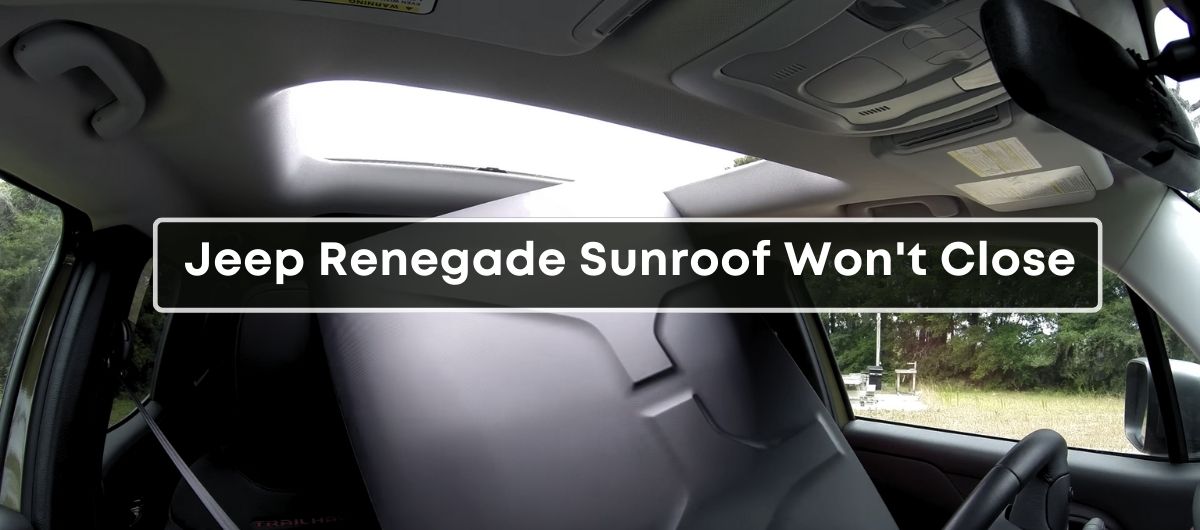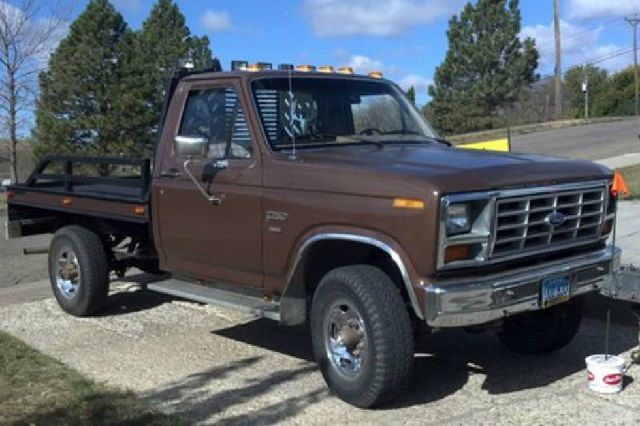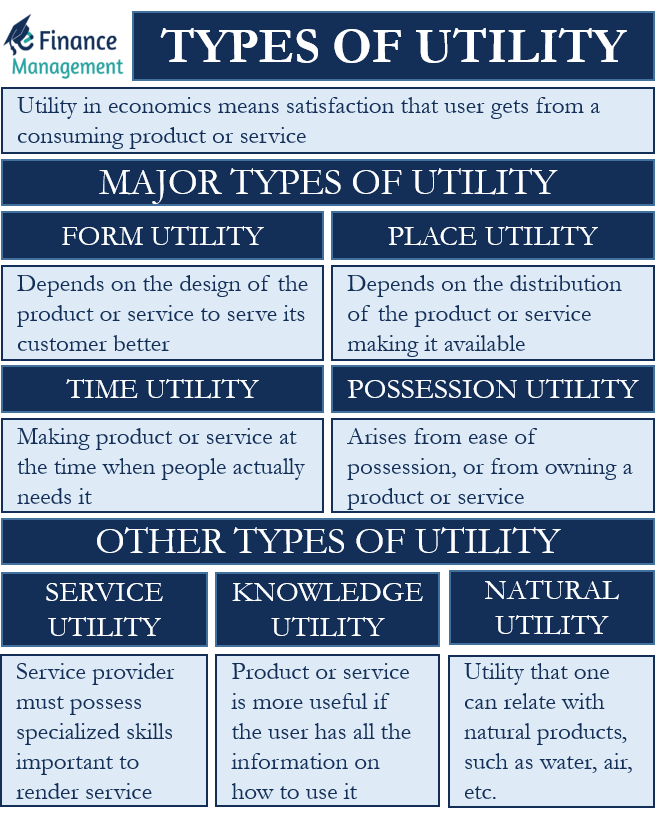Jeep Renegade Sunroof Stuck Open: When the Sky Becomes a Problem
Jeep Renegade Sunroof Stuck Open: When the Sky Becomes a Problem cars.truckstrend.com
The allure of a Jeep Renegade often lies in its adventurous spirit, and for many, that includes the freedom of an open sunroof, letting in the sun and fresh air. However, that liberating feeling can quickly turn into a frustrating ordeal when your Jeep Renegade sunroof gets stuck open. This common, yet highly inconvenient, issue not only compromises your vehicle’s security and exposes the interior to the elements but can also be a significant source of stress for any owner. Understanding the causes, knowing the immediate steps to take, and being equipped with the right solutions are crucial for transforming this automotive headache back into an enjoyable driving experience. This comprehensive guide will delve into every aspect of a stuck-open Jeep Renegade sunroof, offering practical advice, diagnostic tips, and repair insights to help you navigate this challenging situation.
Understanding the Problem: Why Sunroofs Get Stuck
Jeep Renegade Sunroof Stuck Open: When the Sky Becomes a Problem
A modern sunroof, including those found in the Jeep Renegade, is a sophisticated system comprising a motor, intricate tracks, cables, various sensors, and electronic control modules. When any of these components malfunction, the entire system can seize up, often leaving the sunroof stubbornly in an open position. The reasons for a sunroof getting stuck can range from simple, easily rectifiable issues to complex mechanical or electrical failures.
Common culprits include:
- Debris Accumulation: Dirt, leaves, twigs, and other foreign objects can accumulate in the sunroof tracks, impeding the smooth movement of the glass panel.
- Lack of Lubrication: Over time, the factory grease on the tracks can dry out or become contaminated, leading to increased friction and binding.
- Electrical Malfunctions: This category is broad, encompassing blown fuses, faulty wiring, a malfunctioning sunroof switch, or an issue with the control module itself.
- Motor Failure: The electric motor that drives the sunroof mechanism can wear out, burn out, or experience internal gear damage, preventing it from operating.
- Mechanical Binding or Damage: Bent tracks, broken guide pins, or frayed cables can cause the sunroof to jam or go off-kilter.
- Drainage Issues: Clogged drain tubes can lead to water pooling around the sunroof mechanism, potentially corroding electrical components or causing binding.

Identifying the specific cause is the first critical step toward a successful resolution, as it dictates the appropriate course of action.
Immediate Actions When Your Sunroof is Stuck Open
Finding your sunroof stubbornly open, especially when unexpected weather looms, demands immediate attention. Your priority should be to protect your vehicle’s interior and prevent further damage.

- Safety First: If you’re driving when it happens, pull over to a safe location.
- Assess the Situation: Is the sunroof completely open, partially open, or just ajar? Does it make any noise when you try to operate it (e.g., motor humming, clicking)?
- Attempt Manual Override (Check Owner’s Manual): Some sunroofs have a manual crank or an emergency closing procedure. Consult your Jeep Renegade’s owner’s manual immediately. Often, there’s a cover near the motor (sometimes in the overhead console) that can be removed to access a hexagonal bolt for manual winding.
- Check Fuses: A blown fuse is a common and easy fix. Locate your Renegade’s fuse box (usually under the hood or in the cabin, often under the dashboard or in the glove compartment) and check the fuse designated for the sunroof. Replace it if it’s blown.
- Temporary Waterproofing: If you cannot close the sunroof immediately and rain is a possibility, improvise a temporary cover. Use a heavy-duty plastic sheet or a tarp, secure it firmly with duct tape around the sunroof opening, ensuring a good seal to prevent water ingress. This is a crucial step to avoid costly water damage to your interior electronics and upholstery.

Diagnosing the Root Cause: A Step-by-Step Guide
Once immediate protection is in place, you can delve into diagnosing the underlying problem. A systematic approach will help pinpoint the issue without unnecessary complications.
- Visual Inspection of Tracks: Open the sunroof as much as possible (if it moves at all) and carefully inspect the tracks for any visible debris, obstructions, or signs of physical damage like bends or cracks. Use a flashlight for better visibility.
- Listen for Motor Sounds: When you press the sunroof switch, do you hear a motor hum or click?
- No sound: This could indicate an electrical issue (fuse, wiring, switch, or motor itself).
- Humming/Clicking but no movement: This suggests the motor is receiving power but might be stripped, disengaged, or there’s a severe mechanical blockage.
- Grinding noise: Often points to gear damage within the motor or severe binding in the tracks.
- Test the Sunroof Switch: A faulty switch can prevent operation. While harder to test without specialized tools, if you suspect the switch, it’s a relatively inexpensive part to replace.
- Check Battery and Electrical Connections: Ensure your car battery is fully charged and its terminals are clean and tight. A weak battery can sometimes cause erratic electrical behavior.
- Observe Movement: If the sunroof moves partially, note if it’s jerky, binds at a certain point, or goes off-track. This can help isolate mechanical issues.
DIY Solutions and Temporary Fixes
For certain issues, you might be able to fix your sunroof yourself, saving on repair costs.
- Clean and Lubricate Tracks: This is often the most effective DIY fix.
- Clean: Use a soft cloth and a gentle, non-abrasive cleaner to wipe down the tracks thoroughly. Remove any visible dirt, grease, or debris. A small brush can help dislodge stubborn particles.
- Lubricate: Apply a silicone-based grease or a specialized sunroof lubricant to the clean tracks. Avoid petroleum-based lubricants as they can attract dirt and damage rubber seals. Apply sparingly and work the sunroof (if it moves) back and forth a few times to distribute the lubricant.
- Sunroof Reset Procedure: Many modern vehicles, including the Renegade, have a sunroof reset procedure to recalibrate the system after a battery disconnect or electrical glitch. This usually involves holding the open/close button for a specific duration after the battery has been reconnected. Consult your owner’s manual or search online forums for the specific procedure for your Jeep Renegade model year.
- Fuse Replacement: If you’ve identified a blown fuse, simply replace it with a new fuse of the correct amperage.
- Manual Closing (if applicable): If your Renegade has a manual override, use it carefully. Turn the manual crank slowly and steadily. Do not force it if you encounter significant resistance, as this could cause further damage.
When to Seek Professional Help
While DIY solutions can be effective for minor issues, there are times when professional intervention is necessary.
- Persistent Electrical Issues: If replacing the fuse doesn’t work, or if there’s no power to the motor, diagnosing complex electrical problems requires specialized tools and expertise.
- Motor Failure: Replacing the sunroof motor is typically a job for a mechanic, involving dismantling parts of the headliner and careful reassembly.
- Broken Cables or Tracks: Damage to the internal cables or the sunroof tracks themselves often necessitates significant disassembly and replacement of components, which is best left to experienced technicians.
- Water Damage: If water has entered the cabin due to the stuck sunroof, professional attention is critical to dry out the interior, prevent mold growth, and check for damage to sensitive electronics.
- Lack of Specialized Tools or Expertise: If you’re uncomfortable with automotive repairs or lack the necessary tools, attempting complex fixes can lead to further damage.
- Warranty Considerations: If your Renegade is still under warranty (manufacturer or extended), attempting complex DIY repairs might void it. It’s often best to let the dealership or an authorized service center handle it.
Preventative Maintenance for Your Renegade Sunroof
A little preventative care can go a long way in avoiding the headache of a stuck sunroof.
- Regular Cleaning: Make it a habit to clean the sunroof tracks every few months, or more often if you drive in dusty or leafy environments.
- Periodic Lubrication: Lubricate the tracks with a silicone-based grease once or twice a year to ensure smooth operation.
- Check Drain Tubes: Periodically check the sunroof drain tubes (usually located in the corners of the sunroof opening) for clogs. Pour a small amount of water into the channels; it should drain out quickly beneath the vehicle. If it backs up, the tubes are clogged and need clearing.
- Gentle Operation: Avoid slamming the sunroof open or closed, and don’t operate it if there’s significant resistance.
- Avoid Overloading: Do not place heavy objects on the sunroof or use it as a storage area.
The Cost Implications of a Stuck Sunroof
The cost to fix a stuck sunroof can vary widely depending on the underlying cause, whether you perform DIY repairs, and if you opt for genuine OEM parts versus aftermarket alternatives.
- DIY Costs: Minimal, typically just the cost of cleaning supplies, lubricants, or a few fuses (under $50).
- Professional Repair Costs: These can range significantly:
- Diagnosis Fee: Many shops charge a diagnostic fee (e.g., 1 hour of labor).
- Minor Repairs (e.g., cleaning, lubrication, fuse replacement): Usually 0.5 to 1.5 hours of labor, plus minimal parts.
- Switch Replacement: Labor + part (often $100-$300).
- Motor Replacement: Labor (2-4 hours) + part ($200-$600+ for the motor itself).
- Track/Cable Repair/Replacement: This can be one of the most expensive repairs, involving significant labor (3-6+ hours) and costly parts ($300-$1000+ for track assemblies).
- Water Damage Repair: Highly variable, from a few hundred dollars for drying and minor component replacement to thousands if extensive electrical modules or interior components are damaged.
Prompt action and preventative maintenance can save you significant repair bills down the line. Ignoring a stuck sunroof can lead to exponential costs, especially if water damage occurs.
Legal and Warranty Considerations
Understanding your warranty coverage is paramount when dealing with a stuck sunroof.
- Manufacturer Warranty: If your Jeep Renegade is still under its original factory warranty (typically 3 years/36,000 miles for bumper-to-bumper), the repair should be covered, provided the issue isn’t due to owner neglect or external damage. Always confirm with your dealership.
- Extended Warranty: If you purchased an extended warranty or service contract, check its terms to see if sunroof components are included.
- Insurance Claims: Your comprehensive auto insurance policy might cover water damage to your interior if the sunroof got stuck open due to a covered peril (e.g., mechanical failure, vandalism, or an accident). However, it generally won’t cover the mechanical repair of the sunroof itself, only the damage resulting from it. Always consult your insurance provider for specifics.
Pricing Table: Estimated Costs for Jeep Renegade Sunroof Repair
Please note: These are estimated costs and can vary significantly based on labor rates (which differ by region and shop), parts availability (OEM vs. aftermarket), and the specific year/trim of your Jeep Renegade. Always get a detailed quote from a reputable mechanic.
| Item/Service | Estimated Cost (Low) | Estimated Cost (High) | Notes |
|---|---|---|---|
| Diagnosis Fee | $75 | $150 | Standard shop fee for troubleshooting. May be waived if repair is performed. |
| DIY Supplies | $15 | $50 | Silicone grease, cleaning supplies, replacement fuses. |
| Cleaning & Lubrication | $50 | $150 | Professional cleaning and lubrication, labor only. Parts cost minimal if needed. |
| Fuse Replacement | $10 | $50 | Labor to identify and replace a blown fuse. Fuse itself is cheap. |
| Sunroof Switch Replacement | $100 | $300 | Includes part cost ($30-$150) and labor (0.5-1.5 hours). |
| Sunroof Motor Replacement | $350 | $800 | Includes motor part ($200-$600) and labor (2-4 hours). Headliner removal often required. |
| Sunroof Track/Cable Repair/Replacement | $400 | $1500+ | Highly variable. Includes parts ($200-$800+) and significant labor (3-6+ hours), often requiring extensive disassembly. |
| Control Module Replacement | $300 | $700 | Includes module part ($150-$500) and labor. May require programming. |
| Water Damage Repair | $200 | $3000+ | Varies widely based on extent: drying, upholstery cleaning, electrical component replacement (e.g., headliner, interior modules). |
Frequently Asked Questions (FAQ)
Q1: Can I drive my Renegade with the sunroof stuck open?
A1: You can, but it’s highly unadvisable, especially if rain or bad weather is expected. Driving with it open exposes your interior to the elements, increases wind noise, and poses a security risk. Secure it temporarily with plastic sheeting if you must drive.
Q2: Is a stuck sunroof a common problem for Jeep Renegades?
A2: While not a universally reported "defect," sunroof issues (like motor failure, track binding, or drainage problems) can occur in many vehicles, including the Renegade, over time due to wear, lack of maintenance, or manufacturing variations. Regular maintenance can significantly reduce the likelihood.
Q3: How long does it take to fix a stuck sunroof?
A3: Simple fixes like cleaning and lubrication can take minutes to an hour. Replacing a fuse or switch might take 30 minutes to an hour. More complex repairs like motor or track replacement can take several hours (2-6+ hours of shop time), plus the time to order parts if not in stock.
Q4: Will my insurance cover water damage from a stuck sunroof?
A4: Your comprehensive auto insurance policy may cover damage caused by water entering the vehicle due to a stuck sunroof, but it typically won’t cover the cost of repairing the sunroof mechanism itself. Check your specific policy and speak with your insurance provider.
Q5: Can I manually close the sunroof on my Jeep Renegade?
A5: Many Jeep Renegade models do have a manual override. You’ll need to consult your owner’s manual to locate the specific access point (often a small cover near the sunroof motor in the overhead console) and the type of tool required (usually an Allen wrench). Turn it slowly and carefully.
Q6: What kind of lubricant should I use for my sunroof tracks?
A6: Always use a silicone-based grease or a specialized automotive sunroof lubricant. Avoid petroleum-based products (like WD-40 or general-purpose grease) as they can damage rubber seals, attract dirt, and worsen the problem over time.
Conclusion
A Jeep Renegade sunroof stuck open is undoubtedly an unwelcome surprise, transforming a feature designed for enjoyment into a source of immediate concern. By understanding the common causes, taking prompt protective measures, and systematically diagnosing the issue, you can often address the problem effectively. Whether it’s a simple matter of cleaning and lubrication, a fuse replacement, or the need for professional mechanical intervention, addressing the problem swiftly is key to preventing further damage and restoring your Renegade to its full functional glory. With proper preventative maintenance and a proactive approach, you can ensure your sunroof continues to provide that desirable open-air experience without unexpected hitches, keeping your adventures truly open-ended.






